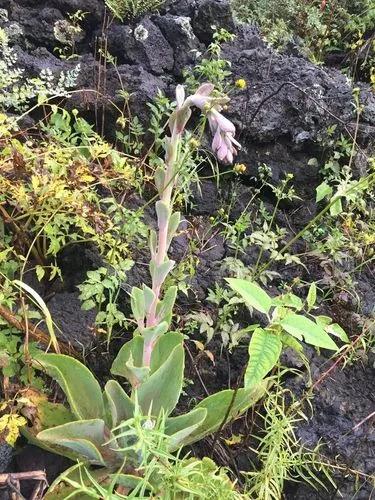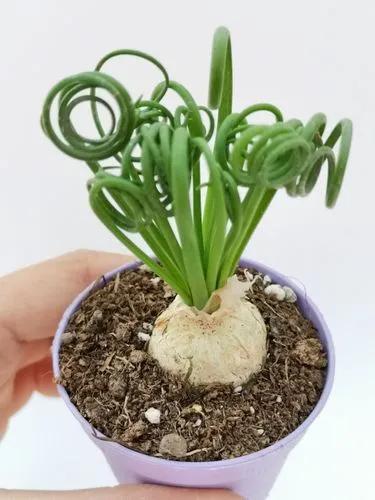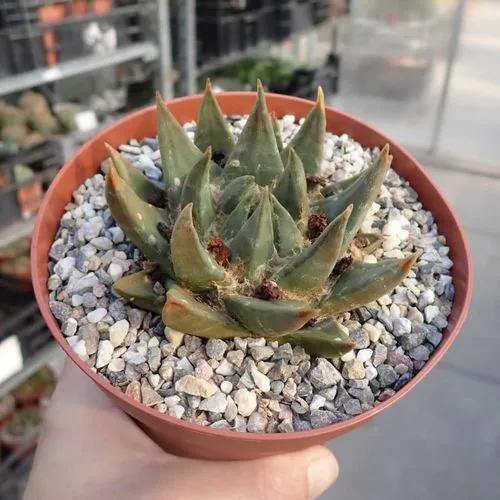This was one of the first Astrolobas to be formally discovered. It is mainly defined by its inflated, rugose (wrinkled) flowers, and it is difficult to distinguish from its close relatives Astroloba herrei and smutsiana when not in flower. Like these species, it has glabrous, sharp-pointed, matt-surfaced leaves. In spiralis, the leaves tend to have a slightly straighter, longer shape. Genetic testing and chromosome counts have revealed that this is the only Astroloba species which has a complete extra double-set of chromosomes (tetraploid), ie. double the chromosome count of any other Astroloba.
Astroloba Spiralis Care
Astroloba Spiralis



How to Care for the Plant

Water

Water evenly and generously in the summer, letting the soil media dry out between waterings. In the winter, reduce watering to every other month. Never allow water to collect in the rosette.

Fertilizer

Fertilize during the summer growing season with a cactus fertilizer. Don't feed during the winter.

Sunlight

Haworthia species like bright light, but not direct sunlight. These grow in similar conditions to other succulents. In their native environment, they are often found in the shade of a rock or other object. They do best in a room with a window facing east or west to provide bright light for a few hours a day. White or yellow leaves usually signify too much sun. If the plant isn't getting enough light, its green color will fade. If you move your indoor Haworthia outdoors for the warmer months, ease the plant into more and more direct light per day or, like a human, it may get a sunburn.

Soil

Use a cactus mix or very fast-draining potting soil. Many growers warn that mixing potting soil with sand clogs up the pores so the soil doesn't drain as well, so sand should be avoided. Instead, mix with perlite, aquarium gravel, or pumice.

Temperature

Haworthia species like warmer temperatures in the summer but cool in the winter (down to 50 degrees Fahrenheit). They can get a freezing injury at 40 degrees Fahrenheit.

Popularity

19 people already have this plant 3 people have added this plant to their wishlists
Discover more plants with the list below
Popular articles






